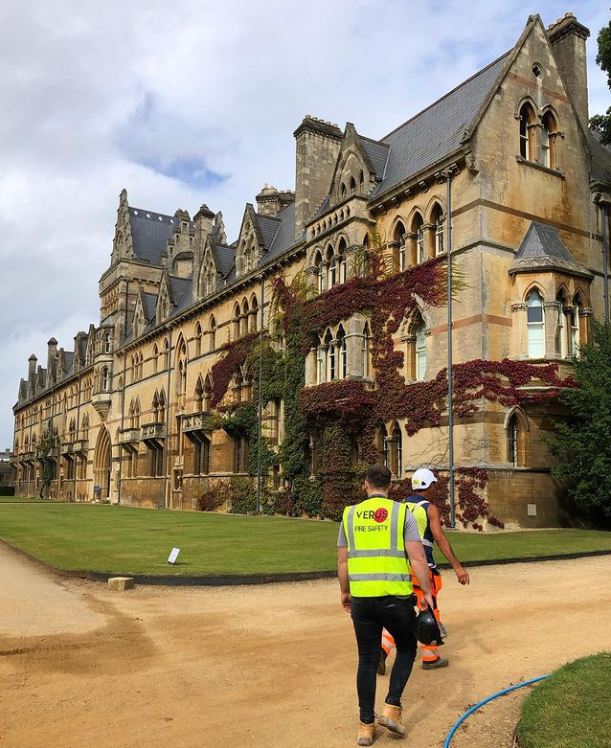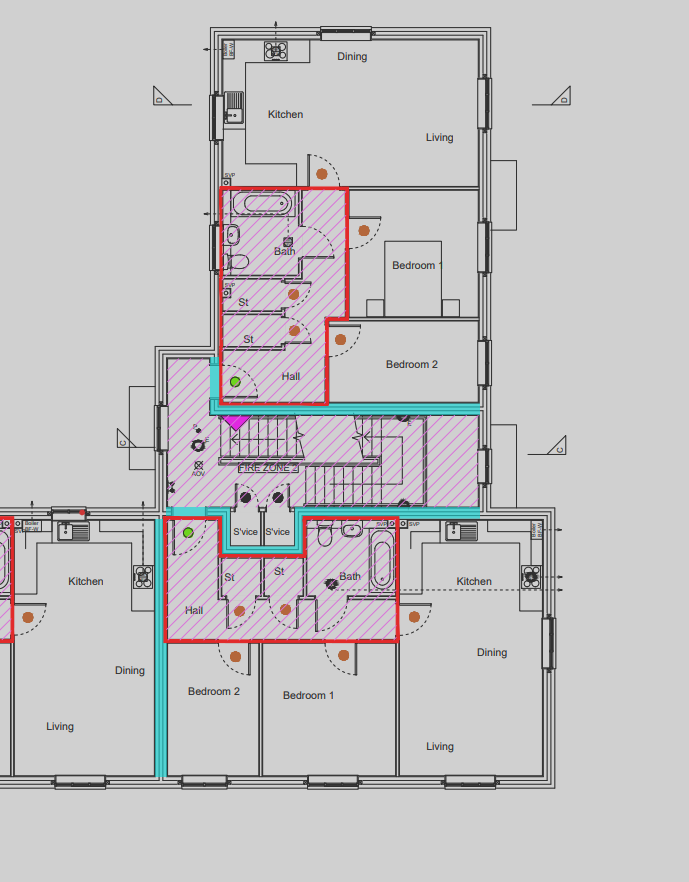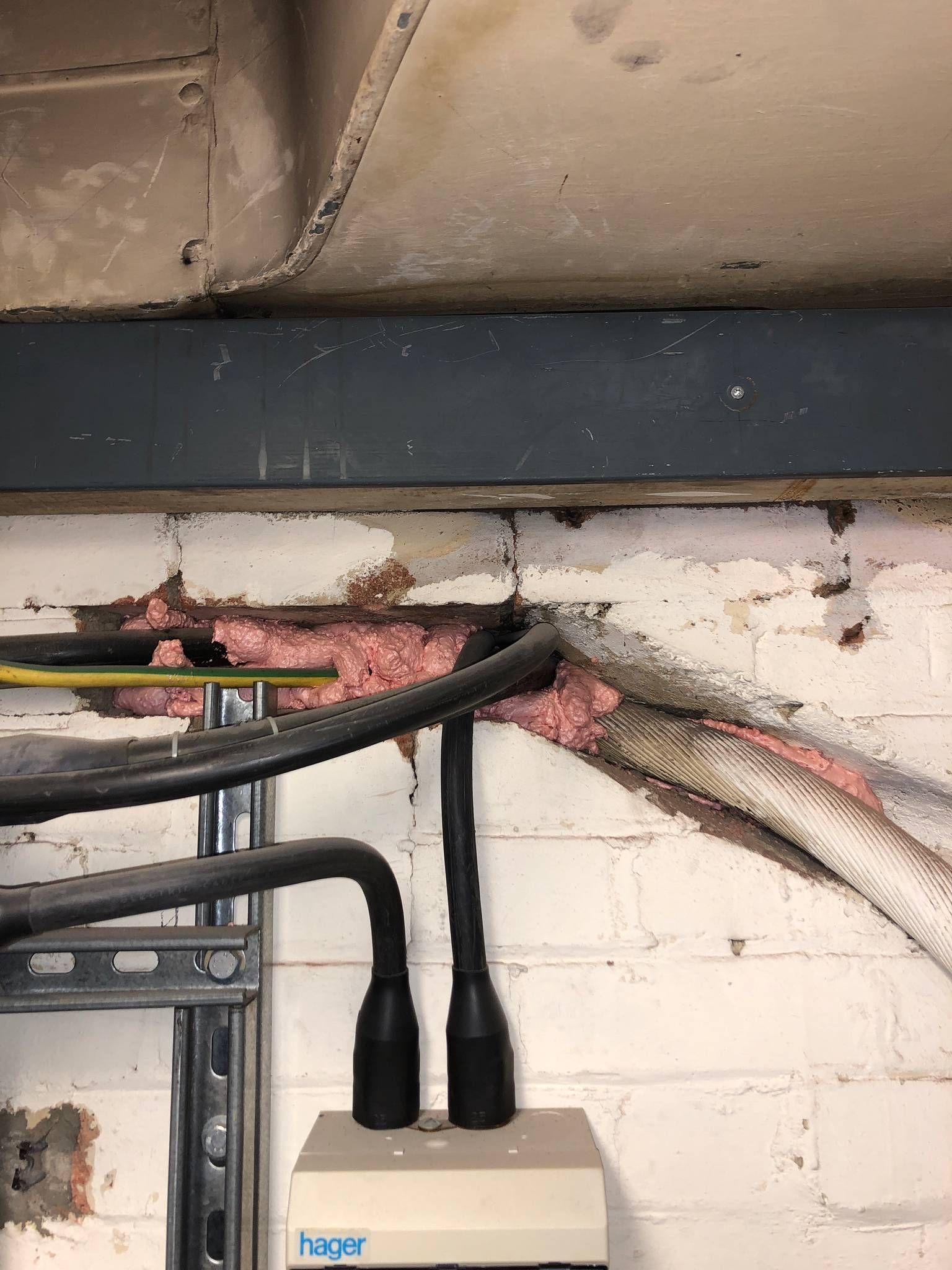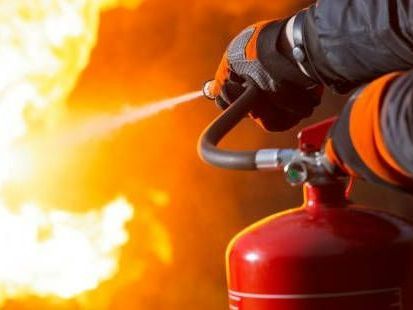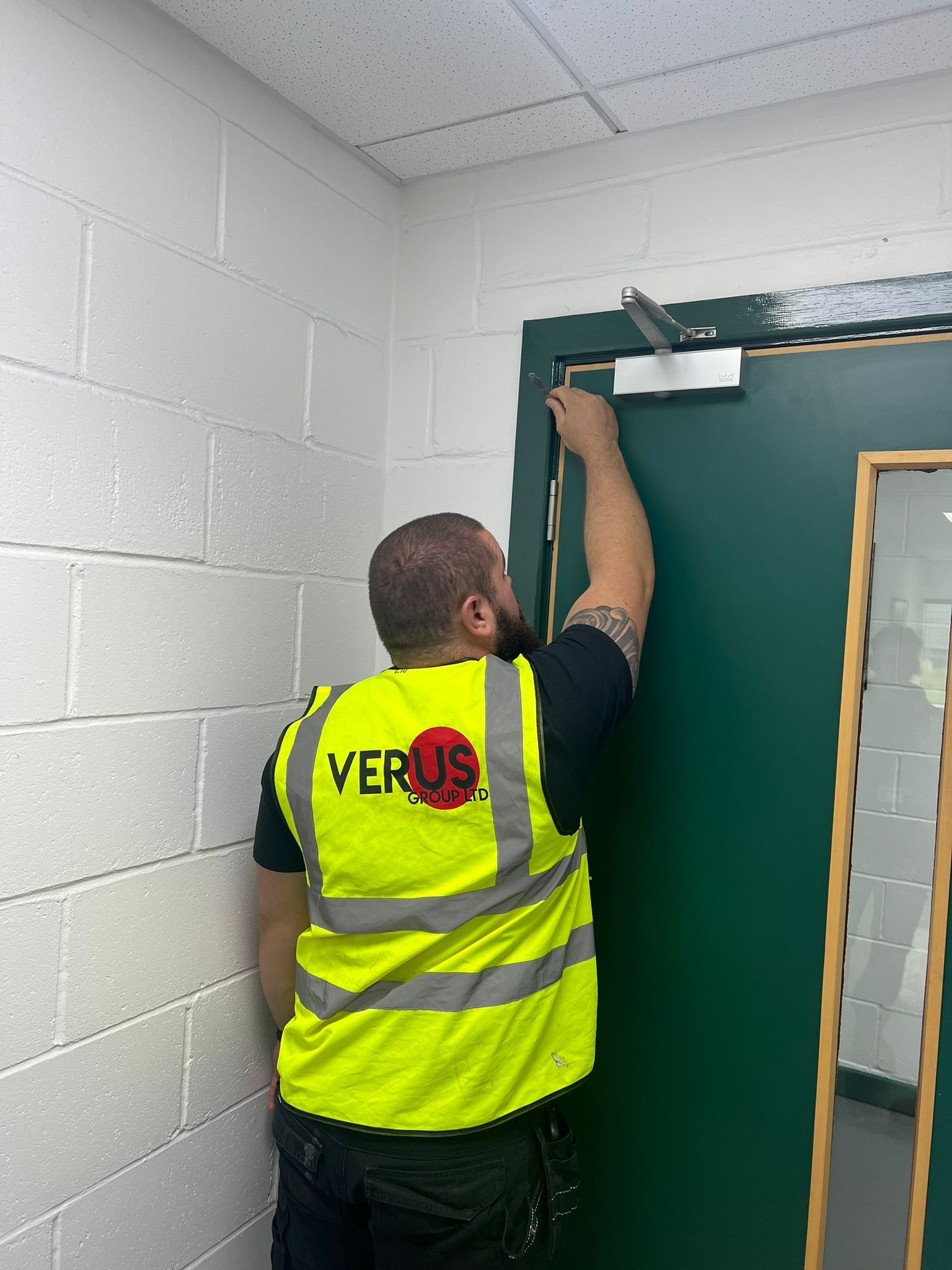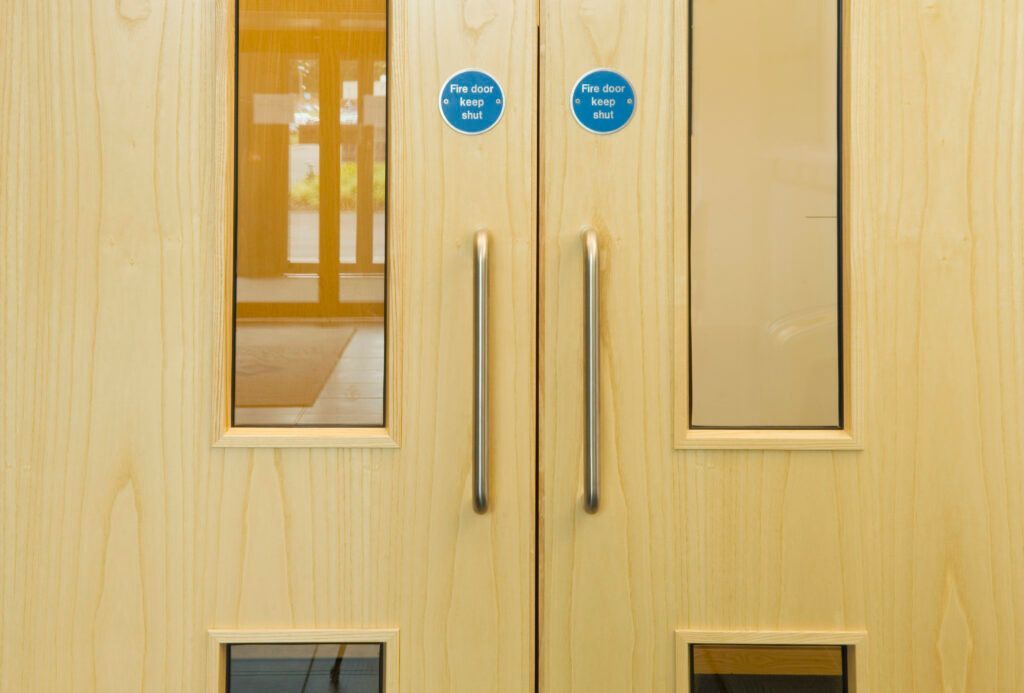The Risks of Neglecting Fire Door Maintenance and the Benefits of Regular Inspection
The Risks of Neglecting Fire Door Maintenance and the Benefits of Regular Inspection:

Fire doors are a critical component of fire safety and compartmentation within buildings, but without habitual inspections and proper care they simply cannot be expected to work as intended at the time you need them most. It is absolutely essential that building owners and managers understand the importance of regular inspections and maintenance of fire doors. In this blog post, we'll discuss the current legislation surrounding fire door maintenance in the UK, as well as recent case files that highlight the importance of proper maintenance.
Fire Door Surveys - An Overview
Fire door surveys act like an MOT for your fire doors, checking all components of the door, highlighting defects or wear & tear early and presenting the client with advice on any repairs, maintenance, improvements or replacements necessary. Formal inspections should be carried out by a suitably qualified and experienced operative. Depending on the building type and use, this may be every 6 months, or quarterly if the doors are in the common areas of residential buildings over 11m. If the doors are in high traffic areas and prone to greater use, Responsible Persons should consider whether more frequent checks may be reasonable.
Current Legislation
In the UK, fire safety legislation requires that fire doors are installed and maintained in accordance with the manufacturer's instructions and that they are regularly inspected to ensure they are in good condition. The Regulatory Reform (Fire Safety) Order 2005 is the primary legislation governing fire safety in non-domestic premises in England and Wales, and it requires building owners and managers to carry out a fire risk assessment and implement appropriate measures to ensure the safety of occupants.
In addition to the regulatory requirements, there are also several industry standards that provide guidance on fire door maintenance, including the British Standards Institution (BSI) PAS 24:2016 standard, which outlines the performance requirements for door sets in the UK, and the British Woodworking Federation's (BWF) Fire Door Alliance, which provides guidance on the manufacture, installation, and maintenance of fire doors.
Recent Case Files
There have been several recent cases in the UK that have highlighted the importance of proper fire door maintenance.
For example, in 2019, the Royal Borough of Kensington and Chelsea was fined £120,000 after it was found to have breached fire safety regulations following the Grenfell Tower fire in 2017. The investigation found that the building's fire doors had been incorrectly installed and were not properly maintained, which contributed to the spread of the fire.
In another case, a landlord in Derby was fined £45,000 after it was found that the fire doors in one of their properties were not properly maintained and did not meet the required safety standards. The doors had also been propped open, which meant that they were not able to provide the necessary fire resistance in the event of a fire.
Links to Current Legislation and Case Files:
- Regulatory Reform (Fire Safety) Order 2005: https://www.gov.uk/government/consultations/the-regulatory-reform-fire-safety-order-2005-call-for-evidence/outcome/the-regulatory-reform-fire-safety-order-2005-summary-of-responses-accessible-version
- Fire Door Regulations: https://www.gov.uk/government/publications/fire-safety-england-regulations-2022/fact-sheet-fire-doors-regulation-10
- BWF Fire Door Alliance: https://firedoors.bwf.org.uk/
- Grenfell Tower fire investigation report: https://www.grenfelltowerinquiry.org.uk/phase-1-report
Conclusion
Fire door maintenance is an essential part of fire safety in buildings, and building owners and managers have a legal and moral responsibility to ensure that fire doors are properly maintained and inspected. By following the current legislation and industry guidance, and learning from recent case files, building owners and managers can take steps to protect the safety of their occupants and prevent tragic incidents like those seen in Grenfell Tower and other locations in the UK.
